Because there is no uniformity in the management of road corridors and the system of trees growing along the roads, pruning and clearing is difficult, leading to the situation of trees growing encroaching on the road surface, obstructing the view, and in some cases, trees breaking and falling, causing traffic accidents, which is a reality on some national and provincial highways in the province.
Early last year, while taking her child to school, despite driving her motorbike at a slow speed, Ms. Nguyen Thi P. (Coc San Commune, Lao Cai City) was still the victim of a traffic accident. The cause was not a collision with another vehicle or a slippery road, but a tree branch along National Highway 4D (Lao Cai - Sa Pa) broke and fell on her. Fortunately, both mother and child only suffered minor injuries.
Previously, the accident occurred on April 4, 2021, Mr. Trieu Ong S. (born in 2001, residing in Nam Dang commune, Van Ban district) was driving a motorbike on Provincial Road 151 (from Son Thuy commune to Vo Lao commune), when he reached La 2 village, Vo Lao commune (Van Ban district), a roadside tree fell on him and caused his death.
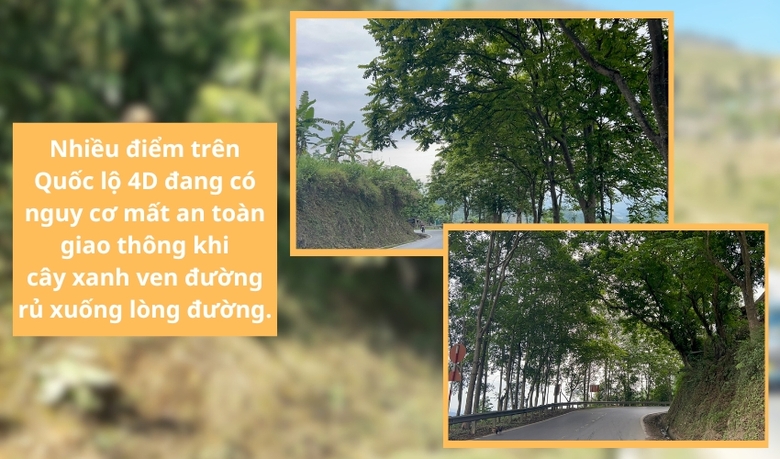
As a long-time seller along National Highway 4D, through An San village, Coc San commune, Ms. Phan Thi Huong said: She has witnessed several cases of roadside trees breaking branches and falling on vehicles on the road. There were times when storms and floods caused roadside trees to break and fall, causing unsafety and traffic jams.
Some households plant fruit trees, timber trees, bamboo and rattan along the road but do not cut the branches or plant them in the road corridor, causing obstruction of the view of drivers. Even on the road through An San village, the road management unit plants trees but does not regularly cut and trim them to ensure safety for people and vehicles participating in traffic.
According to the reporter's records, National Highway 4D, the section from Lao Cai city to Sa Pa town, nearly 30 km long, is experiencing a situation where trees on both sides of the road are spreading their canopies and growing leaning towards the roadway at many points, especially during the rainy season when they grow even more densely. This leads to obstructing the vision of vehicle drivers. In addition, tree branches that are not cleared pose a potential risk of breaking or falling, causing accidents.
According to Mr. Han Manh Thanh, Director of Lao Cai Road Joint Stock Company (the unit assigned to maintain the road), to cut down trees along National Highway 4D, it is necessary to seek the opinion of the Forestry Department and local authorities as well as the coordination of the Urban Management Department of Lao Cai City and Sa Pa Town in assessing the current situation, counting trees... so the procedure takes a lot of time.
Before the rainy season, we reviewed and developed a plan to trim trees that were affecting traffic safety along the route, but so far we have not been able to do so. In the coming time, we will continue to coordinate with the relevant authorities to speed up the progress.
According to reporters' records, similar situations also occurred on National Highway 70, National Highway 279, National Highway 4E, National Highway 4, Provincial Highway 153 (Bac Ngam - Bac Ha), Provincial Highway 151 (Bao Thang - Van Ban) and Provincial Highway 155 (Sa Pa - Bat Xat).
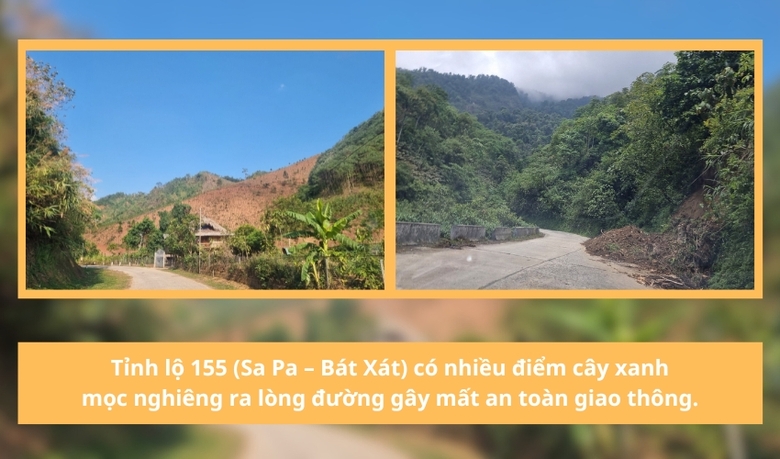
It is known that the Road Maintenance Management Board (Department of Transport - Construction) is managing, maintaining and regularly servicing 1,207 km of roads in the province, including 322 km of national highways (National Highway 4D, National Highway 279, National Highway 4) and 885 km of provincial roads (16 routes).
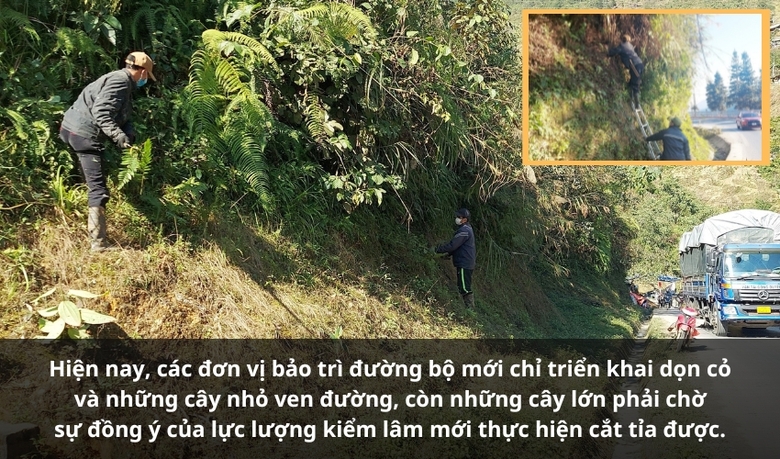
The review of national and provincial highways to ensure traffic safety before the rainy season is carried out in accordance with the direction plan of the transport sector and the province. We have directed maintenance units to carry out the first step of cutting and clearing small trees along the road and trees planted by households on the road corridor. For large trees planted on forestry land, this has not been done yet, because it requires agreement with the forestry sector and local authorities...
There are currently no complete statistics on traffic accidents on national and provincial highways due to trees falling on people and vehicles, but almost every locality has recorded the incident. The rainy and stormy season is approaching, and people are always worried about trees falling and breaking, which can happen at any time. Therefore, clearing trees to restore traffic safety corridors on roads is a regular task with synchronous solutions.
According to the provisions of Decree 100/2019/ND-CP of the Government
1. Land area for roads
(a) Road land:
Road land includes: the land on which the road works are built and the land along both sides of the road for management, maintenance and protection of the road works. The land for road protection and maintenance is used to keep materials used for maintenance, to move or place equipment for maintenance, to remove dirt from the road surface to both sides of the road, and to prevent damage to the road works. The land for road protection and maintenance has a width according to the road level, determined from the outermost edge of the roadbed (the foot of the embankment or the outer edge of the longitudinal ditch at un-excavated or un-embanked locations or the top edge of the excavated road) to each side: 03 meters for expressways, grade I roads, grade II roads; 02 meters for grade III roads; 01 meter for roads from grade IV and below.
b) Road safety corridor land:
Road safety corridor is the land along both sides of the road to ensure traffic safety and protect road works. The limits of the road safety corridor are specified as follows:
Road safety corridor is the land along both sides of the road to ensure traffic safety and protect road works. The limits of the road safety corridor are specified as follows:
+ Roads outside urban areas: based on the technical level of the road according to planning, the safety corridor of the road with a width calculated from the road land outwards on both sides is: 47 meters for expressways; 17 meters for level I and level II roads; 13 meters for level III roads; 09 meters for level IV and level V roads; 04 meters for roads with a level lower than level V.
Within the land area of the road safety corridor, no other constructions are allowed, except for essential constructions that cannot be located outside that area but must be permitted by the competent authority (including works serving national defense, security, works serving road management and exploitation, telecommunications works, electricity, water supply and drainage pipelines, gasoline, oil and gas). In addition, the land within the road safety corridor can be temporarily used for agricultural and advertising purposes but must not affect the safety of the works and road traffic safety. The placement of advertising signs on the land within the road safety corridor must be approved in writing by the competent road management agency.
2. In case trees or structures are at risk of causing damage
According to the provisions of civil law, land users are only allowed to plant trees and do other activities within the land area under their use rights and according to the defined boundaries. If tree roots and branches exceed the boundary, the roots and branches must be trimmed and the excess parts must be cut. In case the trees cause damage, the owner, possessor, or person assigned to manage them must compensate for the damage (according to the provisions of Article 604 of the 2015 Civil Code).
Therefore, the act of planting trees within the land reserved for roads that obstruct the view of traffic controllers and cause damage, the tree planter will have to compensate for the damage that occurs.
3. Penalty for planting trees encroaching on traffic corridors
According to the provisions of Point b, Clause 2, Article 12 of Decree 100/2019/ND-CP, the penalty for planting trees within the land area reserved for roads that obstruct the vision of vehicle drivers is a fine of VND 300,000 to VND 400,000 for individuals and VND 600,000 to VND 800,000 for organizations. In addition to the fine, the person committing this violation is forced to remove the improperly planted trees and restore the original state that was changed due to the administrative violation.
Source link



![[Photo] Journalists moved to tears at the Memorial Service for the soldiers who died in Gac Ma](https://vphoto.vietnam.vn/thumb/1200x675/vietnam/resource/IMAGE/2025/5/30/9454613a55c54c16bf8c0efa51883456)


![[Photo] A delegation of 100 journalists from the Vietnam Journalists Association visits the soldiers and people of Truong Sa island district.](https://vphoto.vietnam.vn/thumb/1200x675/vietnam/resource/IMAGE/2025/5/30/0984a986227d4e988177f560d2e1563e)



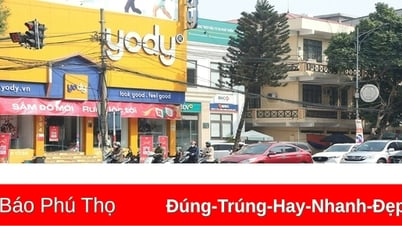






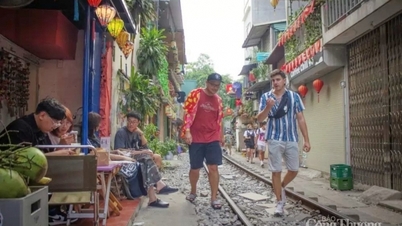


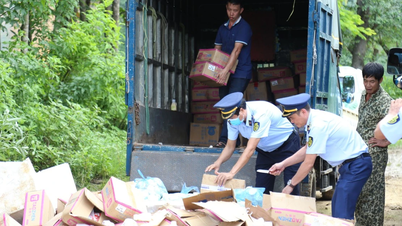
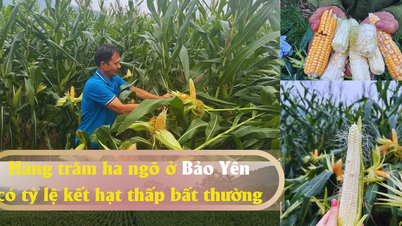
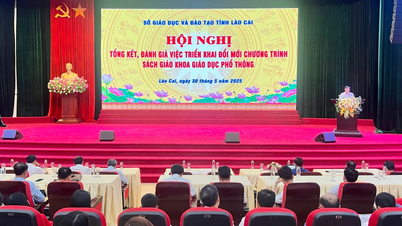

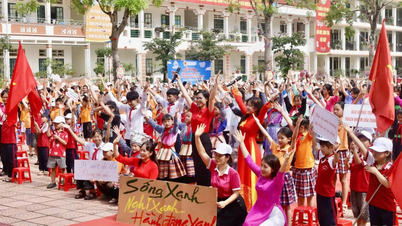





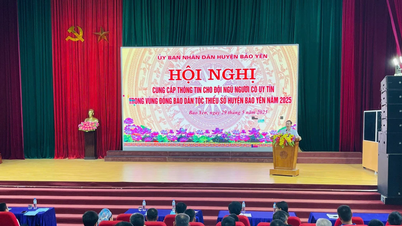



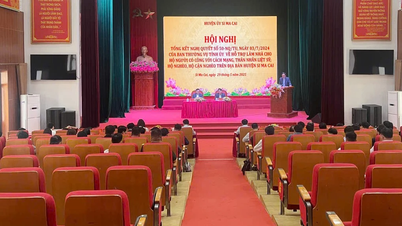
![[Photo] Prime Minister Pham Minh Chinh attends the event "Digital transformation of the banking industry by 2025"](https://vphoto.vietnam.vn/thumb/1200x675/vietnam/resource/IMAGE/2025/5/29/0e34cc7261d74e26b7f87cadff763eae)






































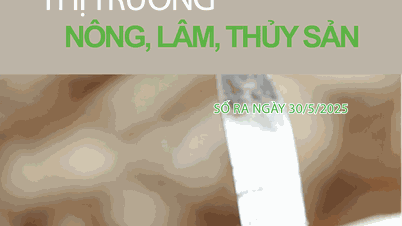








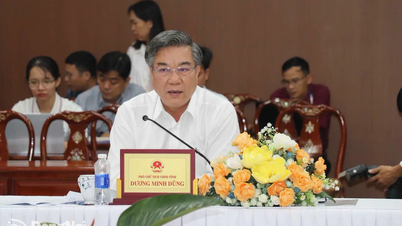



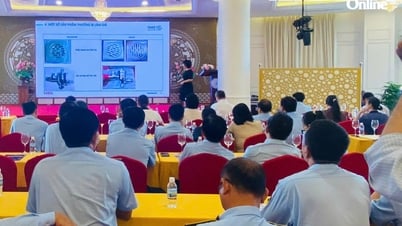









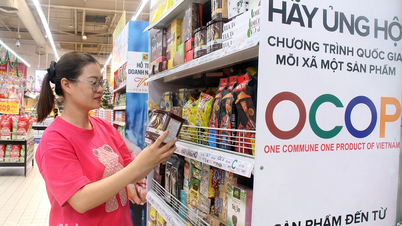
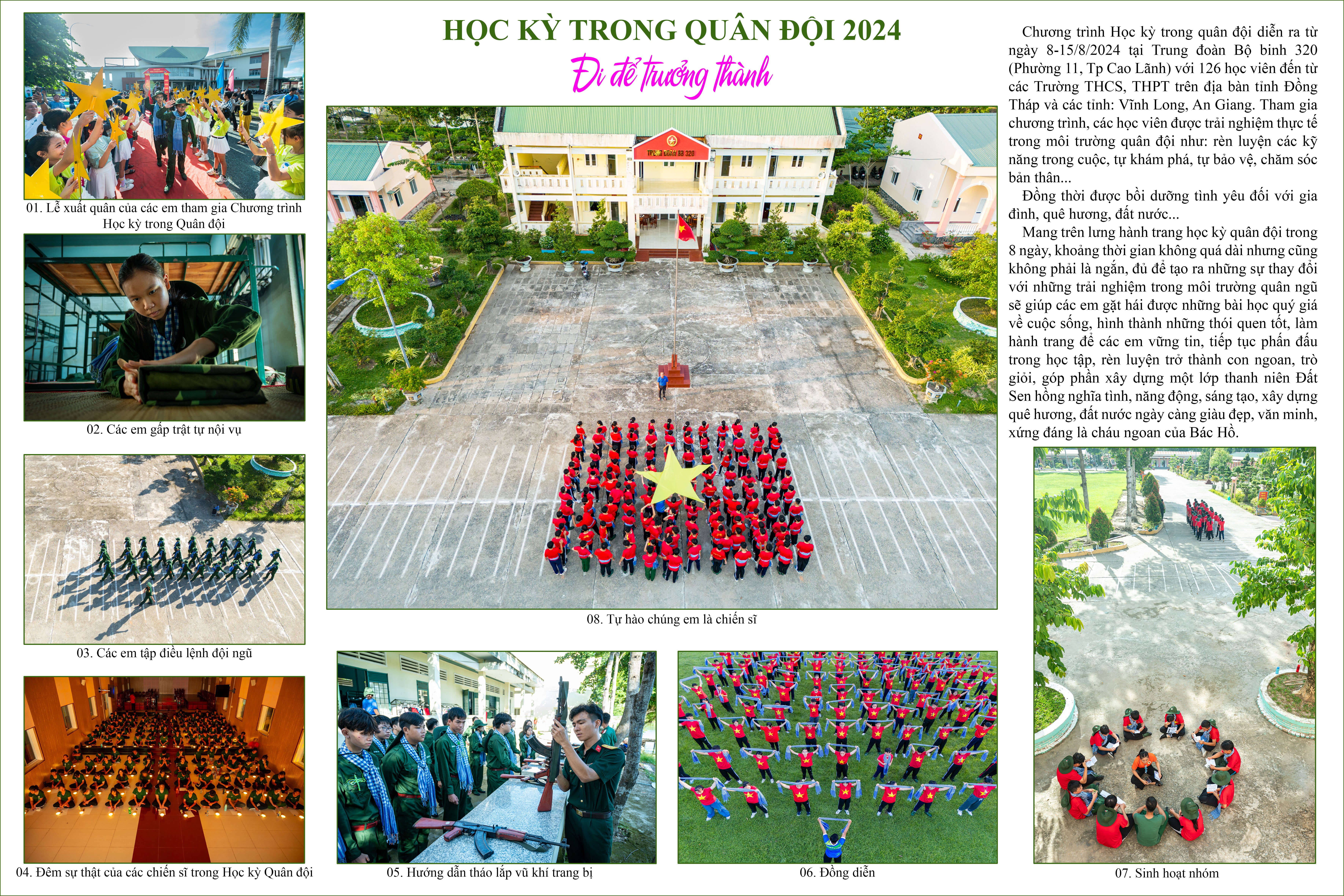



Comment (0)